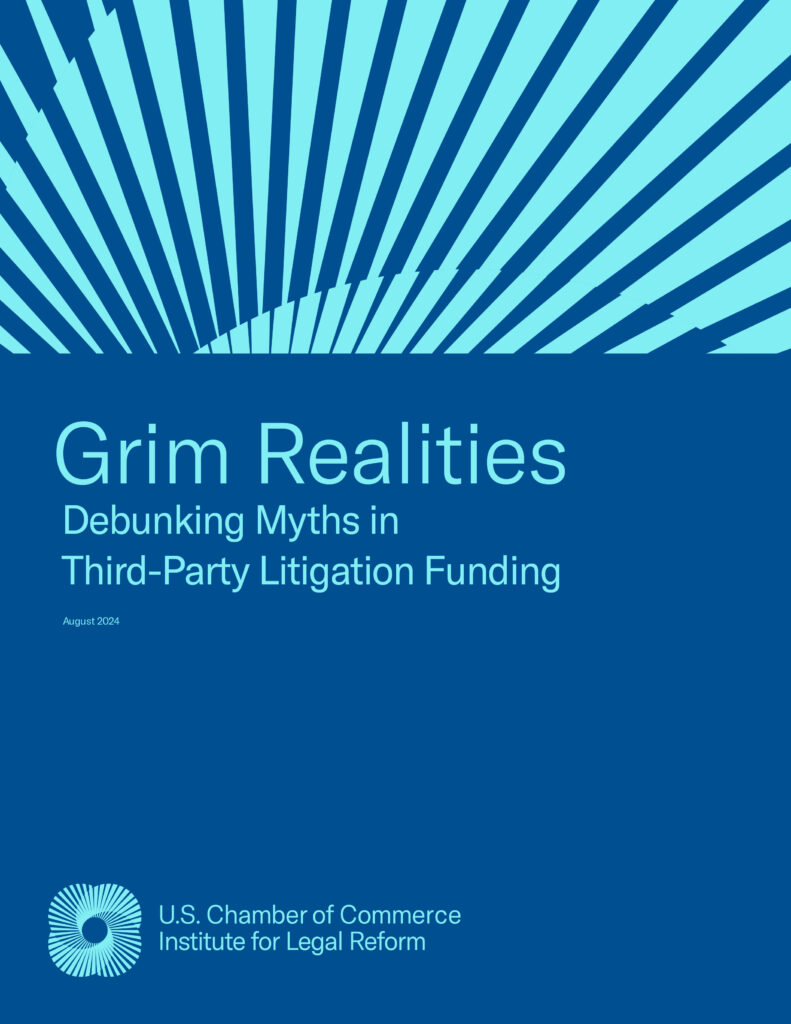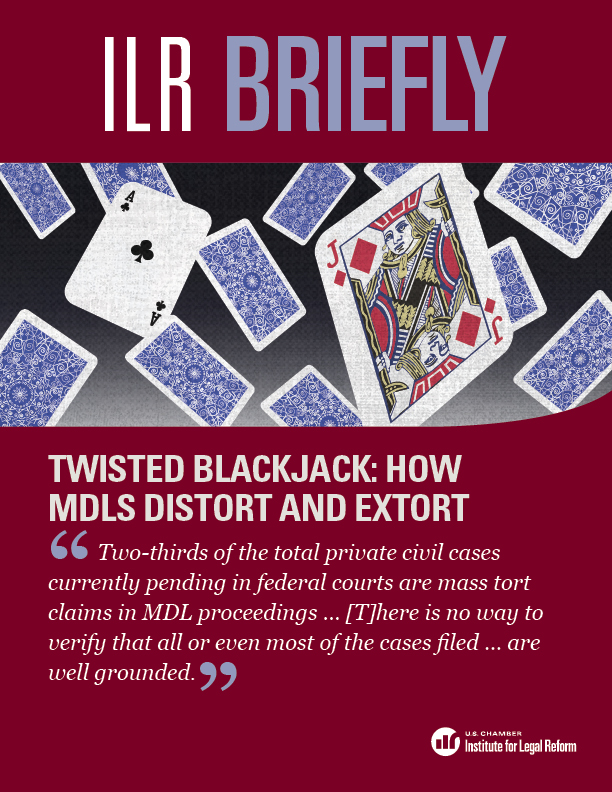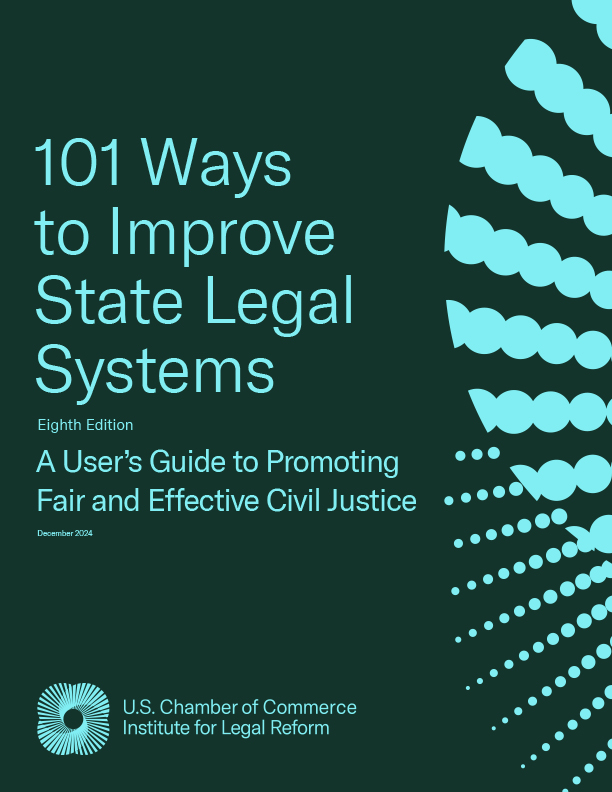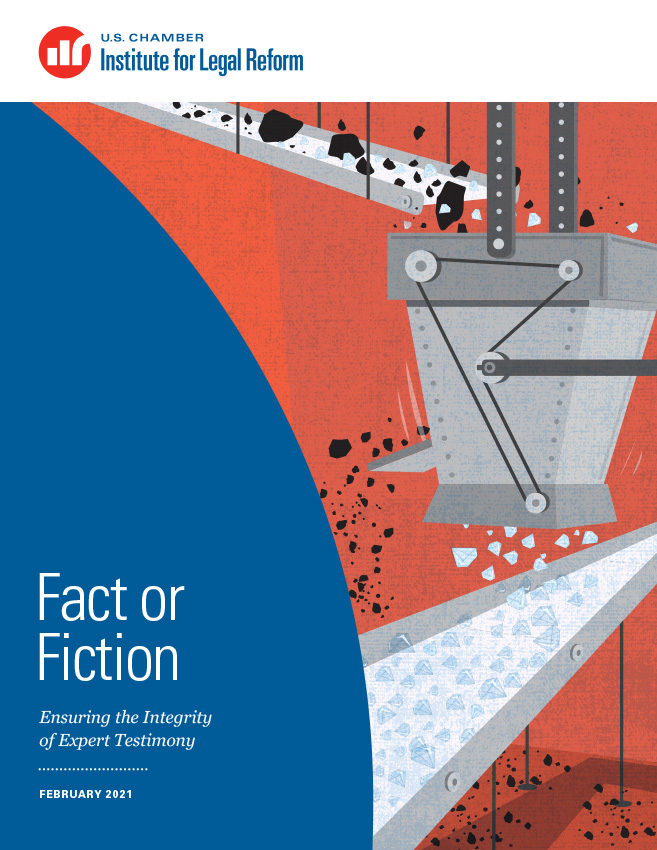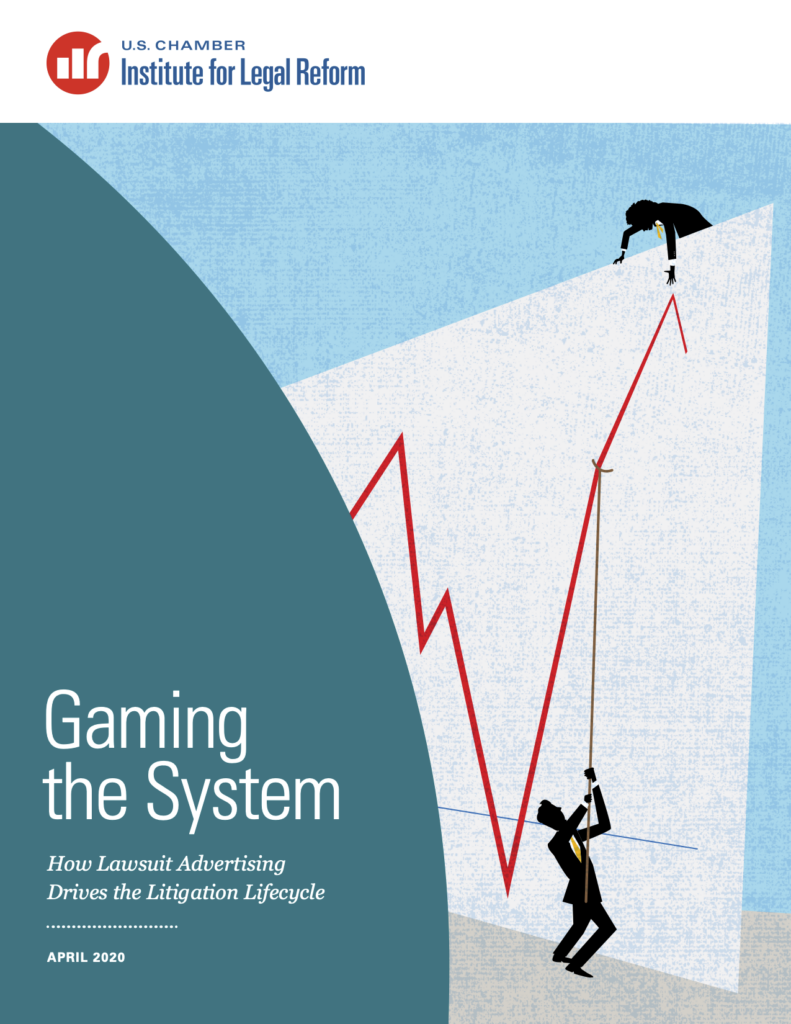During the Spring 2025 Mass Torts Made Perfect (MTMP) conference, marketed as a place for plaintiffs’ attorneys to “learn the latest insights and strategies on the top mass tort and class action lawsuits in the country,” one of the plaintiffs’ bar’s senior statesmen said the quiet part out loud: mass torts often aren’t grassroot responses to harm, they are manufactured by plaintiffs’ lawyers. Name partner Mike Papantonio shared the details of his firm’s litigation assembly line: find “emerging” (read: friendly) science, secure government allies, and generate a media narrative to influence jurors. Though clothed in idealistic language, the cynical model that Papantonio describes contributes to America’s $529 billion torts burden, driving lawsuit inflation and creating uncertainty for businesses and consumers alike.
During the event, Papantonio told the audience “[d]on’t wait for the next big tort. Build it.” Among the critical steps in that process is leveraging novel science in large-scale cases, as is happening in real-time with ultra-processed foods (UPF). To create a “new mass tort project” like UPF, the article reported that Papantonio “emphasized the importance of turning emerging science and social awareness into a compelling legal narrative.” His firm then takes that emerging science and “build[s] the story that connects it to corporate misconduct—and make[s] juries care.”
To make that connection, plaintiffs’ lawyers need to enlist helpful media coverage. And according to Levin Papantonio firm partner Peter Mougey, “there’s nobody better in the country on the media side than Pap.” In Papantonio’s opinion, “the idea that you’re going to go try a case and that’s all you have to do is ridiculous. If you don’t control the narrative outside the courtroom, you’ve already lost inside the courtroom.” As he put it, “the litigation doesn’t wag the media tail—the media tail wags the litigation.” Papantonio has taken his own advice: his firm has promoted highly charged documentaries and Papantonio himself has published legal thrillers analogizing corporations to “mobsters.”
Finally, to generate truly gigantic mass torts, Papantonio talked up the importance of mass tort lawyers securing government cooperation to advance the litigation. While this isn’t always easy, Papantonio proudly described Mougey’s “relentless pursuit of government cooperation in [opioids and PFAS litigation efforts].” “[Mougey] figured out how to get control from governmental agencies… and he’s not afraid to have doors slammed on his face.”
All of these components contribute to an out-of-control litigation system that is generating massive costs for consumers, averaging out to over $4,200 per U.S. household and 2.1 percent of GDP. Before its enactment of historic tort reforms in 2023, Levin Papantonio’s home state of Florida had among the highest tort costs per household ($5,768) and highest tort costs as a percentage of GDP (over 3.3 percent) in the country.
Especially in a time of rising prices, the U.S. tort system is in desperate need of reforms, including making multi-district litigation fairer, strengthening evidentiary standards, preventing deceptive lawsuit ads, and revealing the influence of litigation funders. The longer these reforms are delayed, the longer families, businesses, and American competitiveness will pay the price.
